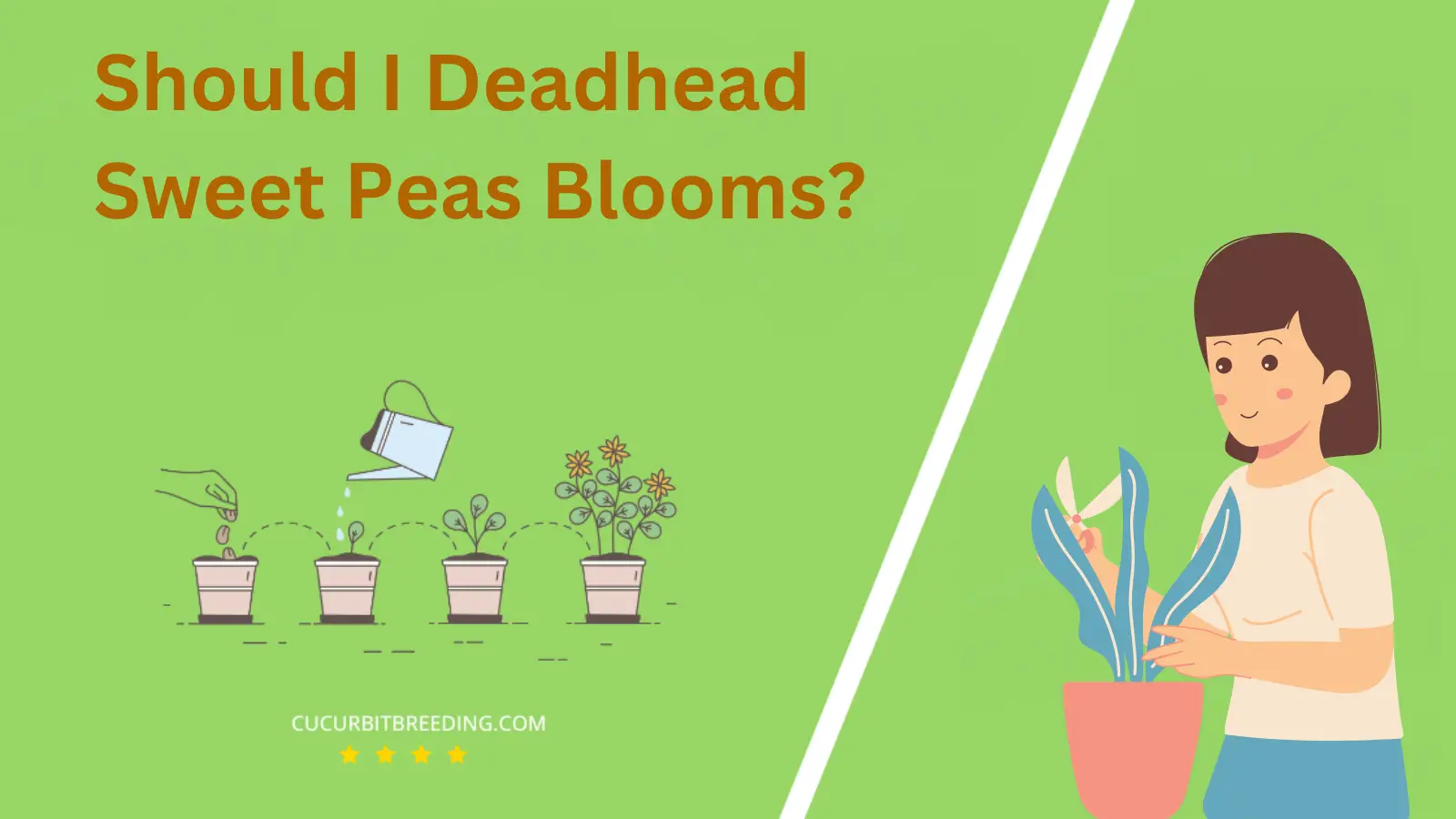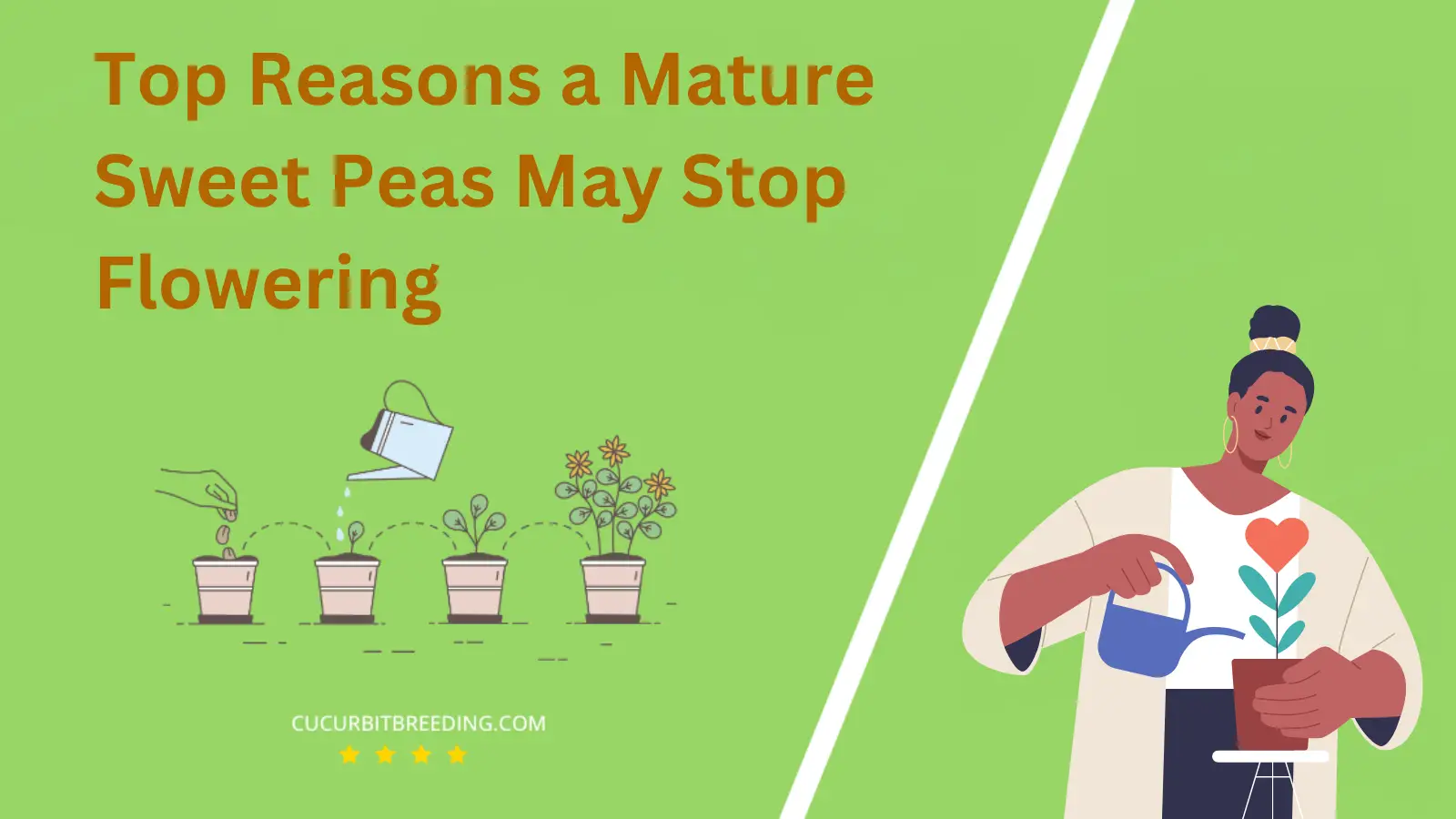
Are you wondering, when do sweet peas bloom? These vibrant, fragrant flowers are a delight to any garden, spreading joy with their vivid colors and sweet scent. But understanding their blooming cycle can be a bit tricky.
It’s important to know that several factors influence the blooming period of these charming blossoms. Let’s delve into the intricacies of sweet pea’s blooming season, and how you can maximize their flowering potential in your garden.
When Do Sweet Peas Bloom?
Sweet peas typically bloom between spring and early summer, often in May and June. Their blooming period largely depends on when they were sown and the local climate conditions. If sown in the fall, they may bloom as early as late spring. If sown in the spring, they usually bloom in early to mid-summer.
| Stage | Description |
|---|---|
| Germination | Spring (March-May) |
| Growth | Spring (March to June) |
| Blooming | Spring and early summer (March-June) |
| Dormancy | Winter (December – February) |
How Long Do Sweet Peas Bloom?
Sweet peas, known botanically as Lathyrus odoratus, typically bloom for a period of 4 to 6 weeks. The blooming period usually falls in the late spring and early summer, but this can vary depending on the timing of planting and the local climate conditions.
How Light Affects Sweet Peas Blooms?
Light plays a crucial role in the blooming of sweet peas. Sweet peas require full sun, which means they need at least six hours of direct sunlight per day. The sun helps the plant to photosynthesize more effectively, thereby promoting better growth and more blooming. Without sufficient light, sweet peas may produce fewer blooms and could even become leggy as they stretch towards the light source. However, in regions with extremely hot summers, sweet peas can benefit from a little afternoon shade to prevent scorching. It’s all about striking the right balance.
Will Sweet Peas Bloom the First Year You Plant Them?
Yes, sweet peas will bloom the first year you plant them. Sweet peas are annual plants, which means they complete their life cycle, from germination to the production of seed, all within one year. They are known for their quick growth and will typically bloom a few weeks after planting, provided they are given the right conditions. These include full sun or partial shade and well-drained soil.
Will Sweet Peas Bloom Every Year?
No, sweet peas are not perennials and do not bloom every year. They are annual flowering plants, meaning they complete their life cycle in just one growing season. Once they flower and seed, sweet peas die back and need to be replanted the following year to bloom again.

Should I Deadhead Sweet Peas Blooms?
Yes, you should deadhead sweet peas blooms. Deadheading, or the removal of old, spent flowers, encourages the plant to produce more blooms. This is because the plant’s energy is redirected from seed production to new flower growth. Moreover, deadheading prevents the plant from self-seeding, which can lead to an uncontrolled spread.
Top Reasons a Mature Sweet Peas May Stop Flowering

There are several reasons why mature sweet peas may stop flowering. First, insufficient sunlight might be a factor. Sweet peas require at least six hours of sunlight every day to thrive. If they are not receiving enough light, they might cease to flower.
Second, improper soil conditions can also lead to issues. Sweet peas prefer well-draining soil that is rich in organic matter. If the soil is too heavy, waterlogged, or nutrient-poor, the plants may struggle to produce flowers.
Third, inadequate water may cause sweet peas to stop flowering. While these plants can tolerate dry conditions, they will not flower well without regular moisture.
Lastly, over-fertilization can lead to lush, green growth at the expense of flowers. Sweet peas do not need a lot of extra nutrients, so it’s best to avoid excessive fertilization.